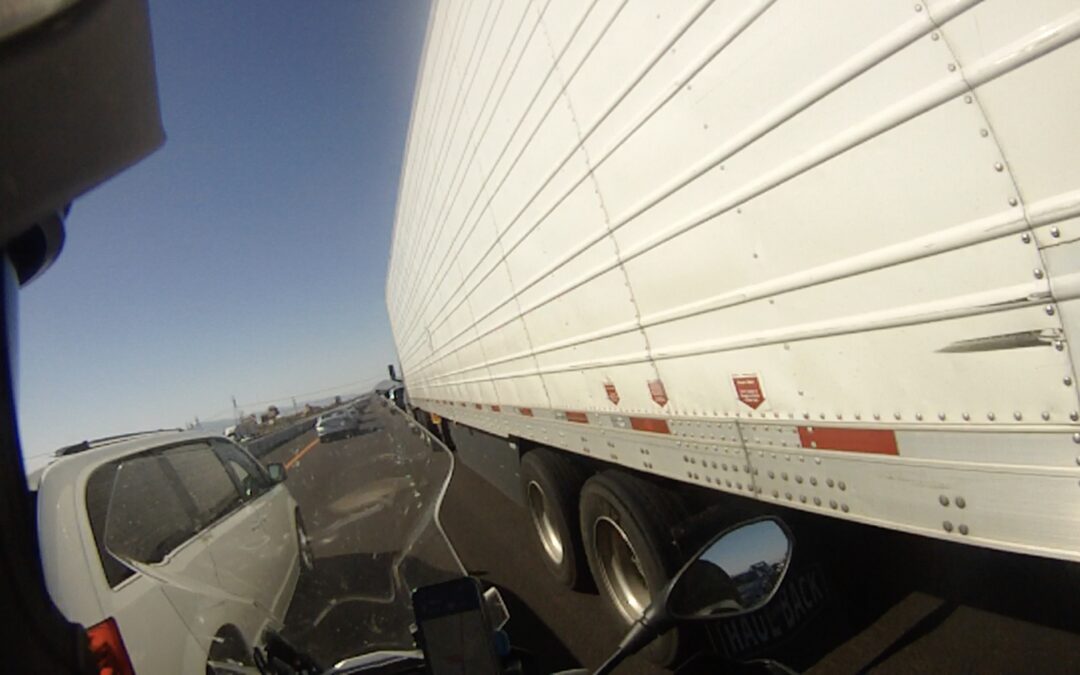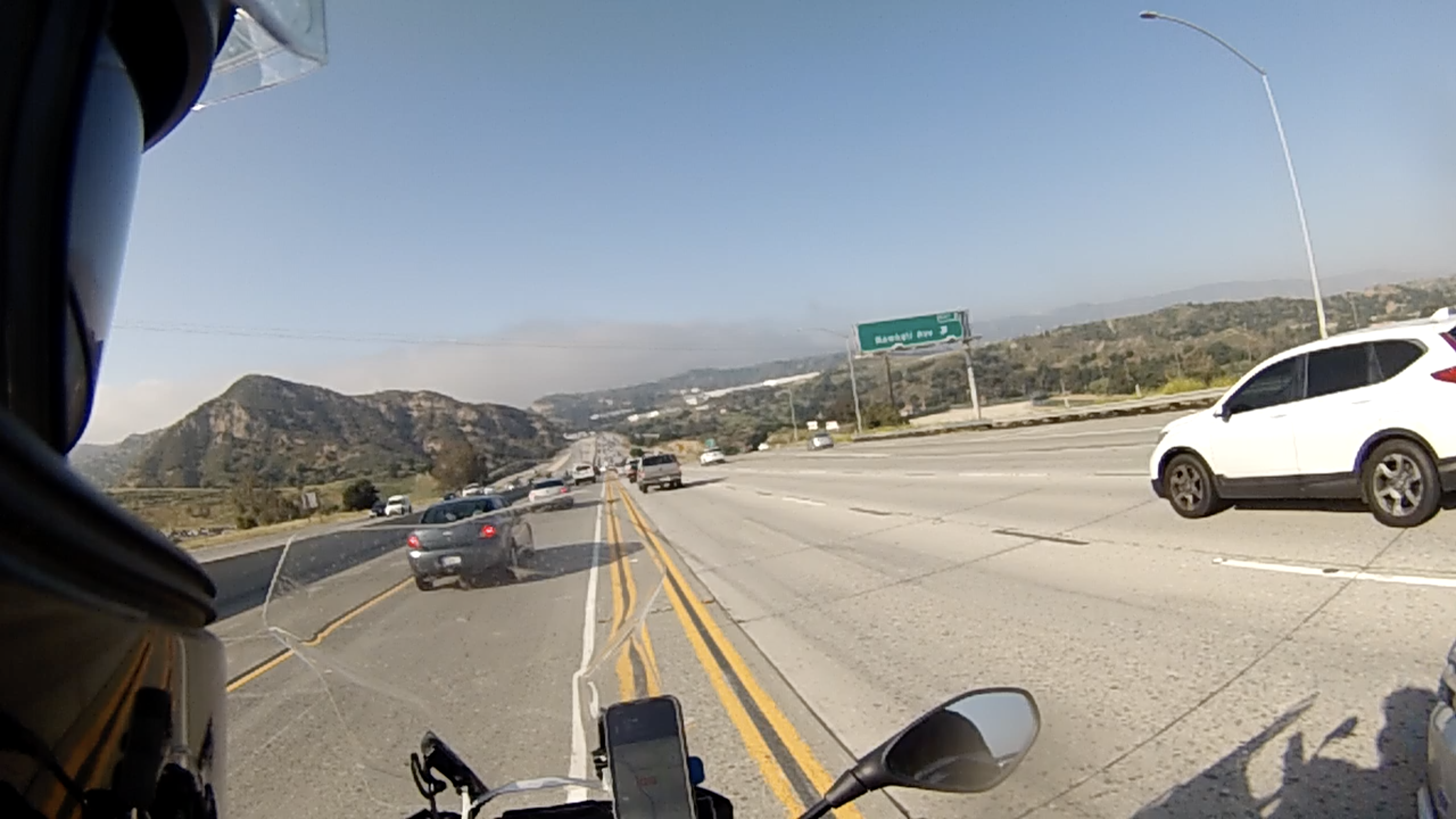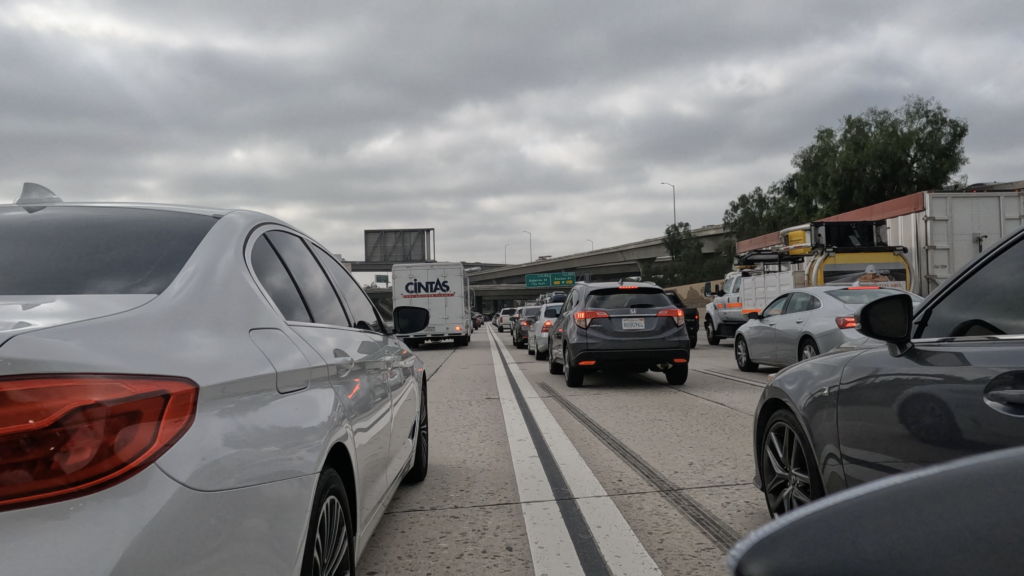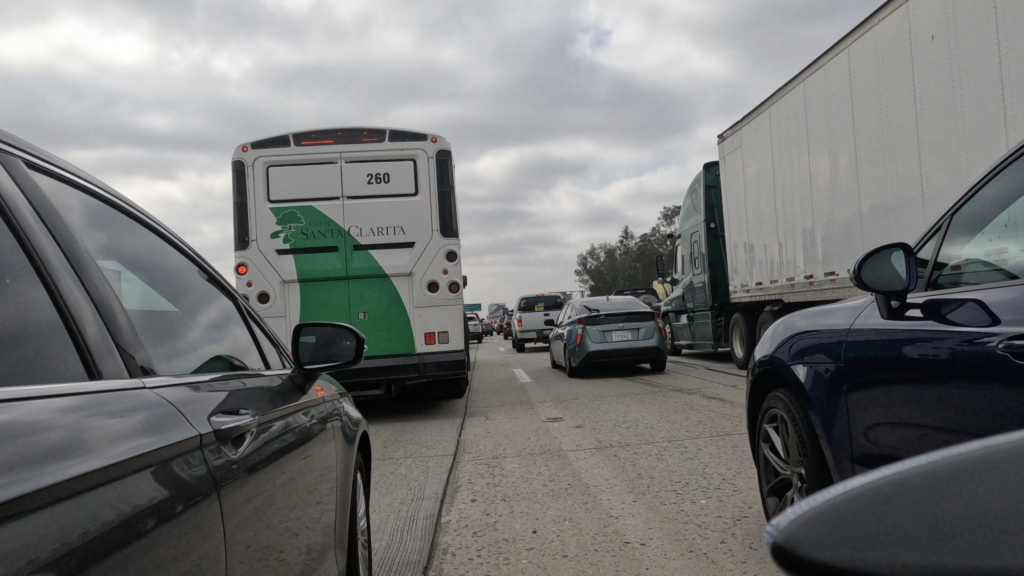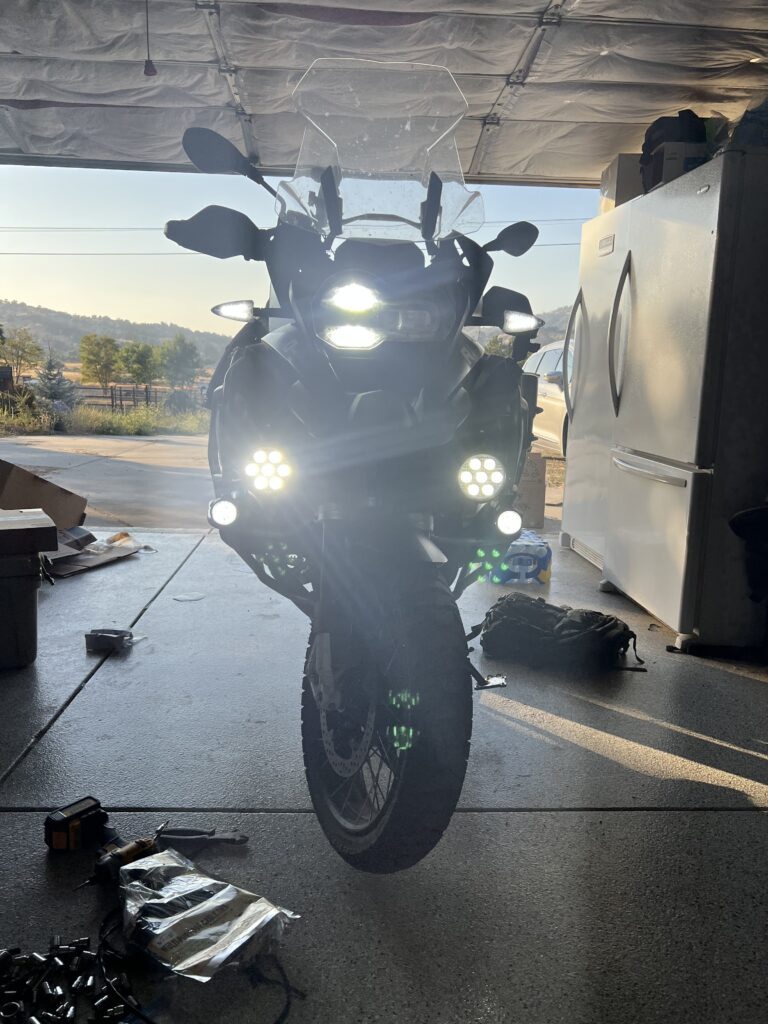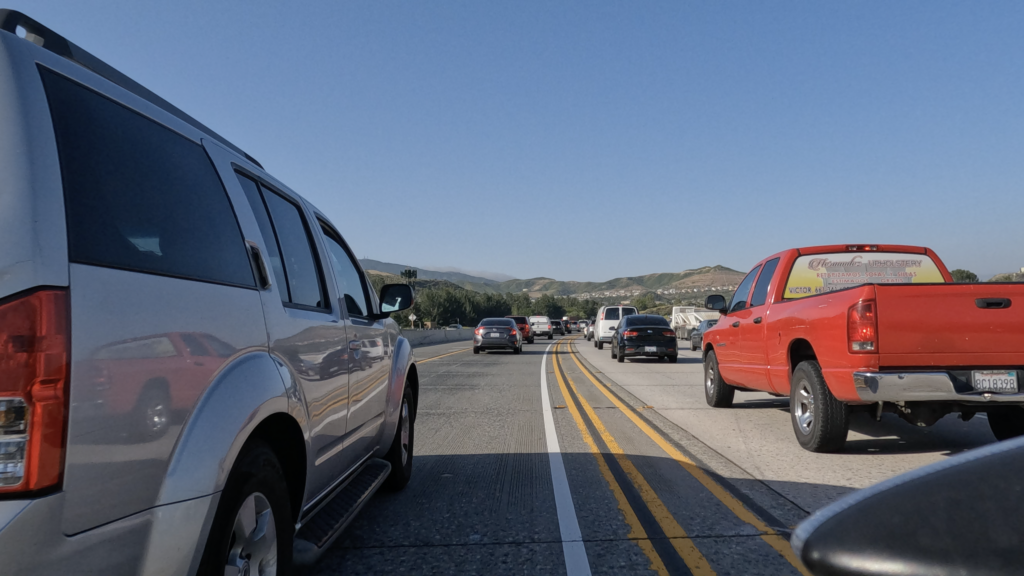California was the first state to legalize lane splitting, which is incredible for motorcycle riders. The state of California had the California Highway Patrol develop some guidelines for lane splitting to make it safer for riders and the other vehicles on the road. These are guidelines and are not laws. Allowing riders to lane split will reduce our chances of being rear-ended by a driver who is not paying attention. The C.H.P. guidelines are as follows:
- You should not travel more than 10 M.P.H. faster than the other vehicles.
- You should not use lane splitting when traffic is moving more than 29 M.P.H.
- You should not lane split near on-ramps or exits.
- When lane splitting, it should be done between the lane furthest to the left (A.K.A. Number 1 Lane) and the lane directly right of that lane (A.K.A. Number 2 Lane).
Lane splitting is excellent to help us get places a little faster, keeps our motorcycles from overheating, and keeps riders cooler, so we don’t have to sit in traffic like everyone else. There are some safety concerns you should consider when lane splitting:
Skills Needed for Lane Splitting
Even though lane splitting is legal doesn’t mean that everyone should do it. If you’re not comfortable on your motorcycle and haven’t mastered the basics of emergency braking and swerving, lane splitting may not be for you. You need to have these basic skills down because you are traveling between cars that weigh much more than you and can be seriously injured or killed.
Painted Markings
Many riders will ride on the painted line when a rider lane splits. You lose much traction when your wheels are on those painted lines. If the road is wet, it reduces your traction even more. It will make emergency braking and swerving dangerous if not done correctly or if it’s done on top of those lines. If you are going to lane split, you must stay on one side of the painted lines.
If you are in the carpool lane, you cannot drive down the middle of double yellow lines, which is illegal and can cost you hundreds of dollars in a ticket.
Visibility
Just because the cars in the number one and the number two lane can see you does not mean the vehicles in the number three or four lanes can see you. I will often see cars in the number three or four lanes go from those lanes to the number one lane and sideswipe cars and motorcycles. You must pay attention to all the vehicles in front of you and on the sides of you. Some things you can look for when splitting lanes are turn signals, a driver making several attempts to get into your lane, head turns, and driver’s looking in their side mirrors. These are all things that could indicate that the driver wants to get over. If you see any signs, please slow down and get the driver’s attention before passing them or wait until they change lanes.
Mirrors
All motorcycles in California must have at least one side mirror on their bike, which must be on the left side of the bike. I strongly suggest having two mirrors because they allow you to see behind you on both sides.
Accessory Lights
If you don’t already have auxiliary lights on your bike, I suggest installing some aftermarket lights on your bike. The more lights in front of you and behind will help drivers see you. Just remember that you need to dim or turn off those auxiliary lights that could blind over drivers, which could cause the drivers to be blinded momentarily and either travel into your lane or off the road.
Stay within the C.H.P. guidelines! Splitting lanes at 80 M.P.H. when everyone else is doing 40 M.P.H. is reckless and dangerous for you and other vehicles on the road. All it takes is one vehicle to change lanes, and you will be seriously hurt if not killed.
Our brains can take 1-3 seconds to realize somebody changed lanes in front of us, and it can take another 1-3 seconds to decide and react to that situation. The faster you’re going, the further down the road you will be before you have time to apply the brakes or swerve. For example, if you’re going 80 M.P.H. on the freeway, you are going approximately 120 feet per second. If you are on top of your game and see the threat immediately or within one second, you have already gone 120 feet. If you’re not paying attention and you’re toward the three-second area, you have gone 360 feet and haven’t even started applying the brakes. Let’s say you’re paying attention closer to the one-second mark, so you have only gone 120 feet before realizing the threat. You know you need to slow down and apply the brakes. At 80 M.P.H., it
will take you a total of about 317 feet to stop. That’s a long time to be moving forward. The slower you go, the more reaction time you have, and you may be able to swerve instead of applying maximum braking. These numbers are approximate and not exact numbers. There will be variables that could cause you to brake faster or slower.
As motorcycle riders, we need to ride like we’re invisible on the freeway or a city street. If you pretend that nobody can see you and ride as if nobody can see you, it will keep you safer and make you a more defensive rider. Always wear all your gear when riding, including over-the-ankle boots, motorcycle pants, or at least blue jeans, a motorcycle jacket, gloves, and a D.O.T.-approved helmet.
Follow the blogger, Sheldon Sherman on Facebook, Instagram, and at www.proriderantelopevalley.com.
